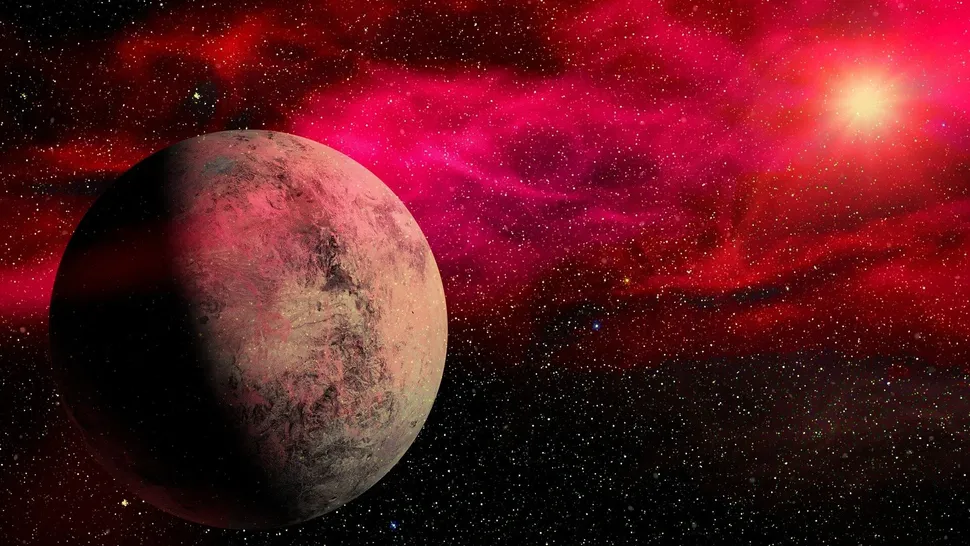A new analysis of Kepler data shows that one-third of small stars called M dwarfs may have the potential to host life.
The sun is an ordinary star, but it's not the only kind of star out there. Most stars in our galaxy are M dwarfs (sometimes called red dwarfs), which are significantly smaller and redder than the sun — and many of them may have the potential to host life, new research shows.
A new reanalysis of data from the planet-hunting Kepler mission shows that one-third of planets around M dwarfs may be suitable for life — meaning there are likely hundreds of millions of habitable planets in the Milky Way alone.
For the analysis, astronomers at the University of Florida incorporated new information from the European Space Agency's Gaia satellite, which precisely measures the distances and motions of stars, to fine-tune measurements of exoplanets' orbits. The researchers wanted to pin down a parameter of each orbit known as eccentricity, a measure of how stretched out the planet's path around its star is.
"The distance is really the key piece of information we were missing before that allows us to do this analysis now," Sheila Sagear, a graduate student in astronomy at the University of Florida and lead author of the study, said in a statement.
Planets around M dwarfs with big eccentricities — very elongated, oval orbits — end up fried by the star if they're close enough, in a process called tidal heating. Tidal heating is caused by the planet's wonky orbit, which leads to stretching and squeezing from the star's gravity. Just like rubbing your hands together, all that motion leads to heat from friction. If there's too much heat, a planet loses its water, along with the chances for life to evolve on its surface. (Because it is necessary for life as we know it, water is generally the focus in the search for habitable worlds beyond Earth.)
If a planet around an M dwarf was further away, that distance may prevent torment by tidal heating — but, then the planet would be too cold, lacking the warmth needed for life. Therefore, exoplanets around M dwarfs must live close to their stars for even a chance of being warm enough for life, putting them at risk of tidal heating if their orbit isn’t a clean circle.
"It's only for these small stars that the zone of habitability is close enough for these tidal forces to be relevant," Sarah Ballard, an astronomer at the University of Florida and co-author of the study, said in the statement.
With their new-and-improved measurements for a slew of exoplanets discovered by the Kepler space telescope, Sagear and Ballard found that two-thirds of planets around M dwarfs would be crisped by the heat of their host stars, burning away their chances for habitability. But that leaves one-third of planets in the so-called Goldilocks zone where liquid water could theoretically exist — along with the potential for life. The chances of a planet having a stable, circular orbit in the Goldilocks zone also went up if it had another exoplanetary pal around the same star.
"I think this result is really important for the next decade of exoplanet research, because eyes are shifting toward this population of stars," Sagear said. "These stars are excellent targets to look for small planets in an orbit where it's conceivable that water might be liquid, and therefore the planet might be habitable."
The results were published May 30 in the journal PNAS.
- Adenman
-

 1
1



Recommended Comments
There are no comments to display.
Join the conversation
You can post now and register later. If you have an account, sign in now to post with your account.
Note: Your post will require moderator approval before it will be visible.